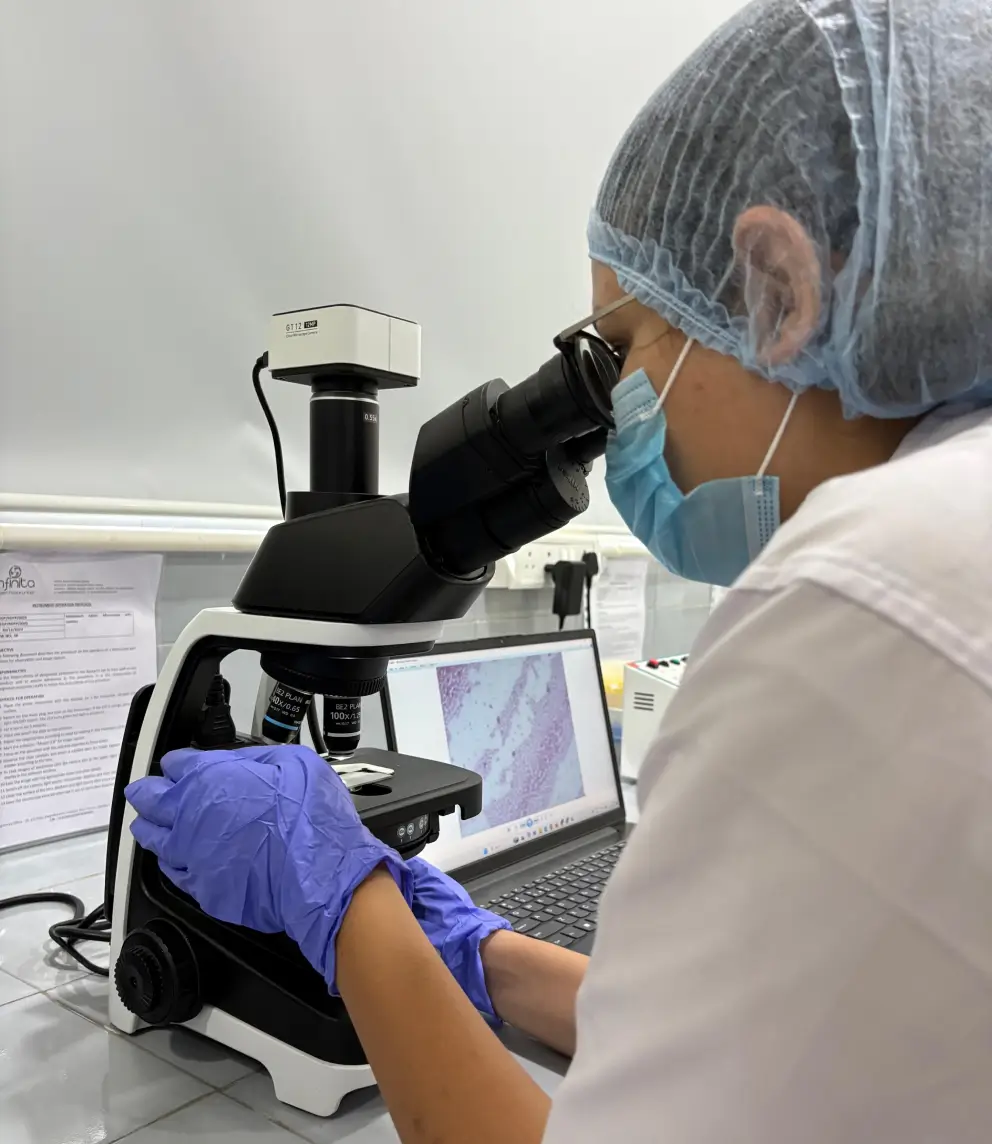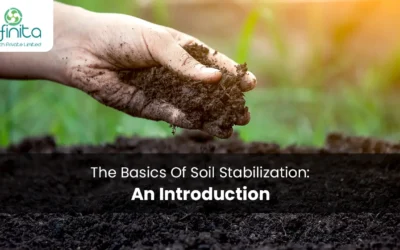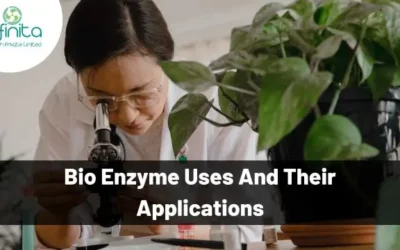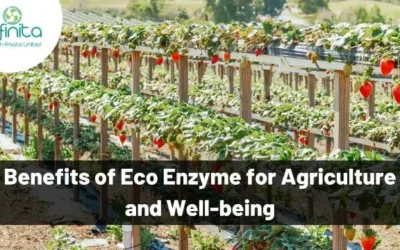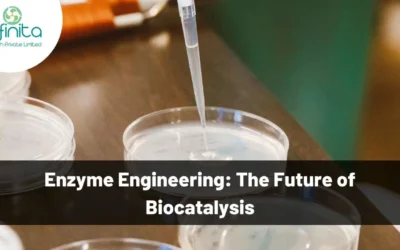Principles Of Enzyme Catalysis
Catalysis is the process through which the rate of a reaction is altered while the quantity and chemical properties of the catalyst remain the same. Enzymes are a type of catalyst used to modify the rates of reactions in plants and animals. Enzymes can also be called biochemical catalysts. The principles of enzyme catalysis are different but similar in essence to other types of chemical catalysis. The similarity is that the vital factor is the reduction of energy, which acts as a barrier between the reactants and products. Reducing the activation energy (Ea ) increases the number of reactant molecules that can overcome the barrier and transform into the product. One of the most important principles is that enzymes always catalyze reactions in both directions. Therefore they cannot drive a reaction forward or affect the equilibrium position. The only thing that it can do is increase the speed of the reaction. This is because enzymes can only reduce the energy barriers between products and reactants. Therefore they catalyze the reactions in both directions. The process of enzyme catalysis, its mechanisms, and characteristics are explained below.
What Is Enzyme Catalysis?
Enzyme catalysis is the process by which there is an increase in the rate of a reaction through a biological molecule called an enzyme. Enzymes are mostly made up of proteins, and therefore, animals and plants produce enzymes. Catalysis by enzymes in a cell is vital because most biochemical reactions have meager rates of reactions when uncatalyzed. For a reaction to be successful, the molecules of the reactants should contain sufficient energy to cross the energy barrier, i.e., the activation energy. While molecules do possess varying amounts of energy, only a few of them have enough energy higher than the activation energy. Enzymes function by decreasing the activation energy by forming an enzyme-substrate complex. There is a small cavity on the surface of an enzyme which functions as the active site. This is the place where one or two substrates (reactant molecules) can bind. The flexible enzyme changes its shape when the substrate binds to it. This occurs through a process called induced fit, and the substrate and the enzyme form a substrate enzyme complex. Sometimes enzymes will need a non-protein substance called the cofactor to help them in the reaction. In reactions like these, the protein part of the enzyme (the apoenzyme) binds with the cofactor to form the whole enzyme (haloenzyme).
What Are The Mechanisms Of Enzyme Catalysis?
There are several crevices on the surface of the enzyme, which process groups like -COOH, -SH, etc. The reactant molecule or substrate, which has the opposite charge to that of the enzyme, fits in the crevice like a lock and key. This is one of the hypothesized mechanisms of enzyme catalyst called the lock and key model. However, the mechanism that is currently most favorable is called the Induced Fit Model. This model theorizes that the rudimentary reaction between the enzyme and the substrate is relatively weak. However, these initial reactions quickly cause conformational changes in the enzyme that make the binding between the enzyme and the substrate stronger. The substrate comes closer to the enzyme surface and induces a change in its shape. This leads to the correct alignment of the substrate and the enzyme. The catalytic groups at the active site react with the reactant molecules to form the products which separate from the surface of the enzyme, and the process is repeated. Apart from the induced fit model, there are mechanisms of an alternative route. When the enzyme goes through conformational changes, this causes catalytic residues to be left in the active site near the chemical bonds in the substrate. After the substrate and the enzyme combine, mechanisms of catalysis lower the energy of the transition state. This is done by forming an alternate pathway for the reaction.
There are six different mechanisms of these alternative routes.
Proximity And Orientation Effect:
This effect theorizes that the proximity and the orientation of the enzyme-substrate complex align the reactive chemical groups and bind them in an optimal orientation and spatial relationship for the reaction to be successful. Therefore the rate of reaction increases due to the proximity and orientation effect. This effect is similar to the effect that occurs when the concentration of reagents is increased, and thus, the rate increases.
Proton Donors Or Acceptors:
To stabilize the charges that are forming in the transitions state, the protons dors or acceptors (acids and bases) may donate or accept protons. One of the important features of biochemical reactions over other reactions is that both the acid and the base catalysis can be merged in one reaction. This is due to the fact that enzymes are large substances which can position both the acid and the base on their active site.
Electrostatic Catalysis:
The principle of this is that the activated complex is stabilized through the electrostatic attraction between the enzyme and the substrate. This happens because the binding of the substrate removes water from the active site and hence decreases the dielectric constant making it similar to that of an organic solvent. This causes electrostatic interactions between charged substrates to become stronger.
Covalent Catalysis:
This is the process of lowering the energy of the transition state by covalently bonding to the side chain or cofactors. At a later stage in the reaction, the covalent bond is broken down to reproduce the enzymes. This process does not lower the activation energy of the pathway but instead provides an alternative path.
Bond Strain:
This theory is the principle of the induced fit model i.e., that the affinity of the enzyme to the transition state is more significant than the substrate. Due to this, structural rearrangements occur, which cause the substrate bonds to pushed closer to the conformation of the transition state. This lowers the difference in energy between the transition state and the substrate and thereby catalyzes the reaction.
Metal Ion Catalysis:
This theory states that the metal ion present in the active site engages in the catalysis through the coordination of charge stabilization and shielding. Since the metal is positively charged, only negatively charged irons could be stabilized. Metal ions prove to be advantageous in enzyme catalysis reactions because pH does not affect them.
In reality, each reaction uses a mixture of these mechanisms to be successful.
What Are The Characteristics Of Enzyme-Catalyzed Reactions?
- Enzyme catalysis is exceptionally efficient because a single molecule of the catalysis can change millions of molecules of the substrate per second.
- Enzymes are unique, and the same enzyme cannot be used in more than one reaction.
- The enzyme works at maximum effectiveness at its optimum temperature, usually 37 degrees Celcius. The effectiveness declines below or above the optimum temperature.
- Enzymes also have optimal pH. The effectiveness of the enzyme is maximum at pH between the range of 5 to 7.
- Coenzymes increase the activity of enzymes. These coenzymes include Na+ and CO2+
In conclusion, enzyme catalysis is a complex process that involves various mechanisms. Enzymes are very efficient biochemical catalysts because of their complexities, diverse conditions that they thrive in, and how unique they are. Hence enzymes are not only crucial in metabolic reactions in the body but also help in breaking down cellulose and waste. They are also used in detergents and the food, paper, and wine industry.
